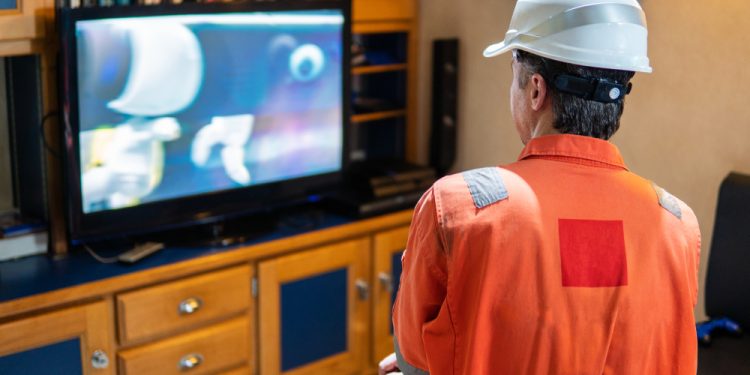You are here
Key requirements for living accommodation onboard
Key requirements for living accommodation onboard
The Editorial Team February 24, 2023 https://safety4sea.com/key-requirements-for-living-accommodation-onboard/
The Republic of the Marshall Islands has issued a Notice featuring the minimum standards for living conditions and arrangements on board every ship to which the Maritime Labour Convention, 2006 (MLC, 2006) applies.
According to MLC, there shall be adequate headroom in all seafarer accommodations. The minimum permitted headroom in all seafarer accommodations where “full and free movement” is necessary shall be not less than 203 centimeters. Some limited reduction in headroom in any space, or part of any space, in such accommodations may be permitted where it is satisfied that such reduction:
1. is reasonable;
2. will not result in discomfort to the seafarers; and
3. will not cause a seafarer to inadvertently come in contact with or be required to take any cautionary measure to avoid any appurtenances installed on it.
Furthermore, the accommodations shall be adequately insulated. In ships other than passenger ships, as defined in SOLAS Regulation 2(e) and(f), sleeping rooms shall be situated above the load line amidships or aft, except that in exceptional cases, where the size, type or intended service of the ship renders any other location impracticable, sleeping rooms may be located in the fore part of the ship, but in no case forward of the collision bulkhead.
In passenger ships and special ships constructed in compliance with the IMO Code of Safety for Special Purpose Ships (“the SPS Code”), as amended, the location of sleeping rooms may be permitted below the load line on condition that arrangements satisfactory to the Administrator are made for lighting and ventilation. However, in no case shall sleeping arrangements be located immediately beneath working alleyways.
There shall be no direct openings into sleeping rooms from cargo and machinery spaces or from galleys, storerooms, drying rooms or communal sanitary areas and the part of a bulkhead separating such places from sleeping rooms and external bulkheads shall be efficiently constructed of steel or another approved substance and be watertight and gas-tight.
The materials used to construct internal bulkheads, paneling and sheeting, floors, and joining shall be suitable for the purpose and conducive to ensuring a healthy environment. What is more, proper lighting and sufficient drainage shall be provided.
Accommodation and recreational and catering facilities shall meet the requirements on health and safety protection and accident prevention, with respect to preventing the risk of exposure to hazardous levels of noise and vibration and other ambient factors and chemicals on board ships, and to provide an acceptable occupational and on-board living environment for seafarers.
Design and Construction Guidelines
1. External bulkheads of sleeping rooms and mess rooms should be adequately insulated. All machinery casings and all boundary bulkheads of galleys and other spaces in which heat is produced should be adequately insulated where there is a possibility of resulting heat effects in adjoining accommodations or passageways. Measures also should be taken to provide protection from heat effects of steam or hot-water service pipes or both.
2. Sleeping rooms, mess rooms, recreation rooms, and alleyways in the accommodation space should be adequately insulated to prevent condensation or overheating.
3. The bulkhead surfaces and deckheads should be of material with a surface easily kept clean. No form of construction likely to harbor vermin should be used.
4. The bulkhead surfaces and deckheads in sleeping rooms and mess rooms should be capable of being easily kept clean and light in color with a durable, non-toxic finish.
5. The decks in all seafarer accommodations should be of approved material and construction and should provide a surface impervious to damp and easily kept clean.
7. Where the floorings are of a composite material, the joinings with sides should be profiled to avoid crevices.
7. Where separate facilities for engine department personnel to change their clothes are provided, they should be:
*- located outside the machinery space but with easy access to it; and
*- fitted with individual clothes lockers as well as with tubs and/or showers and washbasins having hot and cold running fresh water

